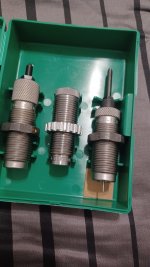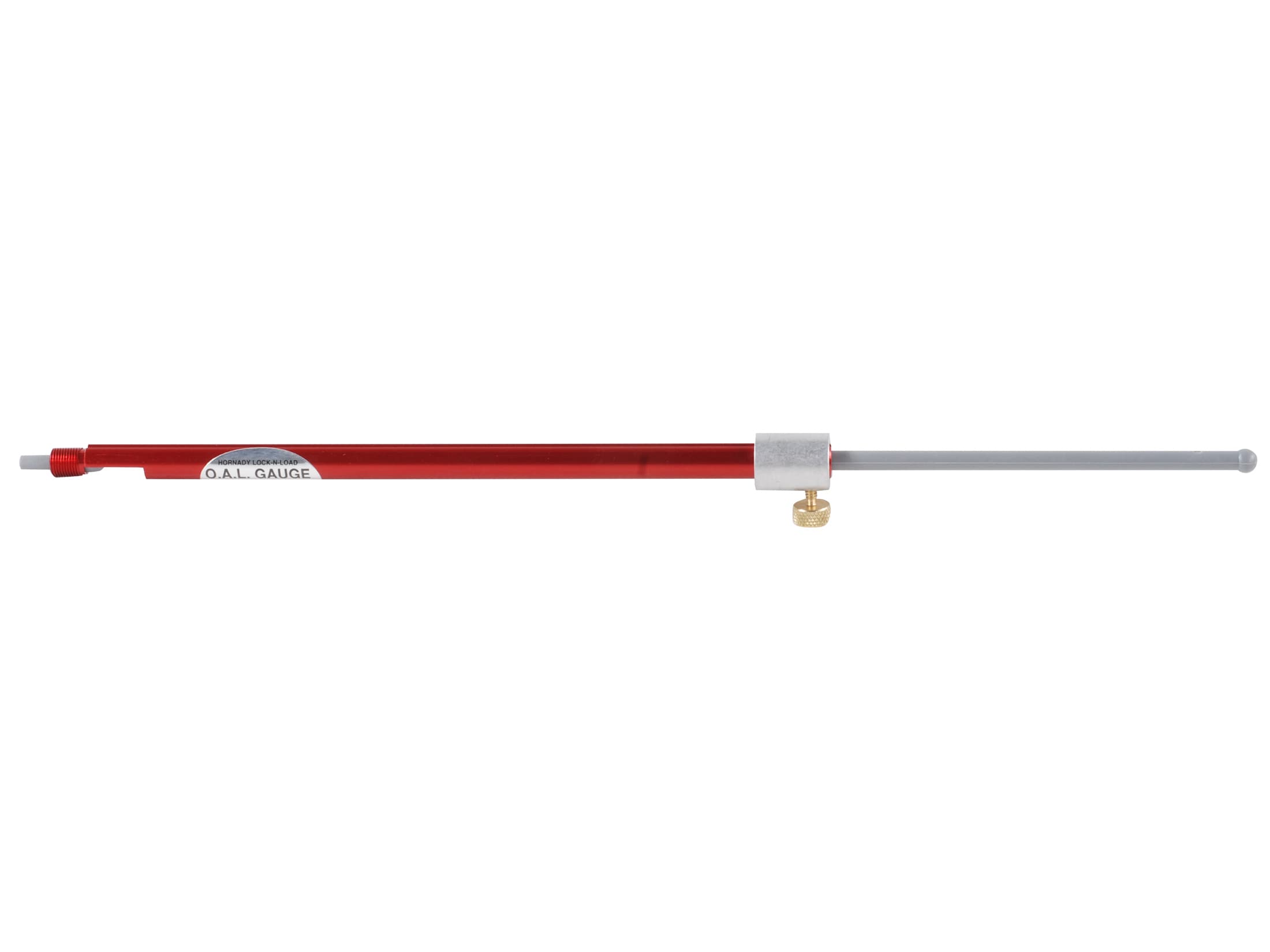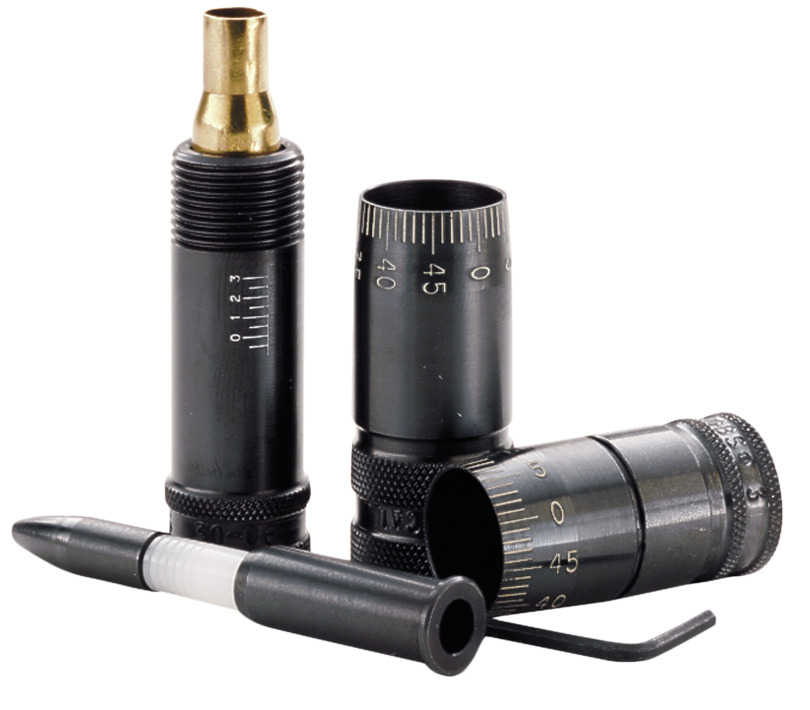Hey all,
I'm gonna want to get into reloading very soon. Do you guys care to share any constructive criticism and lemme know what I'm missing?
Cartridges I shoot include:
308
270
6.5 man bun
223
6.5 grendel
I have plenty of accurate match ammo for most my rifles. My 2 bolt grendels are the ones that shoot poorly with factory ammo so I want to start loading grendel ammo.
I am trying to make ammo that will be consistent, hopefully sub MOA. I don't necessarily need sub half MOA out of these rifles. They are hunting rifles and might occasionally plink with them just for fun.
I have:
Equipment -
Rock chucker Supreme
And the dies pictured below
Components -
Varget
Blc2
Ramshot Tac
Plenty of 1x fired hornady brass
New starline brass
Wolf and federal primers small & large
130 AR hybrids
123 SST
123 AMAX
120 AMAX
120 match burners
I need a way to dump powder, a priming tool, maybe some calipers.
Can somebody recommend specific models of these that you have found to like the best or work the best?
What else am I missing?

Left to right:
RCBS 6.5 GRENDEL SEAT 21
LEE 6.5 GRENDEL
RCBS 6.5 GRENDEL FL 21
That is what they say
** edit to add**
I should probably mention, I will probably start with blc2 and Tac using AMAX and SST bullets. Plan is to do OCW but that is later once I've actually loaded some rounds. I'm trying to get set up right now.
I'm gonna want to get into reloading very soon. Do you guys care to share any constructive criticism and lemme know what I'm missing?
Cartridges I shoot include:
308
270
6.5 man bun
223
6.5 grendel
I have plenty of accurate match ammo for most my rifles. My 2 bolt grendels are the ones that shoot poorly with factory ammo so I want to start loading grendel ammo.
I am trying to make ammo that will be consistent, hopefully sub MOA. I don't necessarily need sub half MOA out of these rifles. They are hunting rifles and might occasionally plink with them just for fun.
I have:
Equipment -
Rock chucker Supreme
And the dies pictured below
Components -
Varget
Blc2
Ramshot Tac
Plenty of 1x fired hornady brass
New starline brass
Wolf and federal primers small & large
130 AR hybrids
123 SST
123 AMAX
120 AMAX
120 match burners
I need a way to dump powder, a priming tool, maybe some calipers.
Can somebody recommend specific models of these that you have found to like the best or work the best?
What else am I missing?

Left to right:
RCBS 6.5 GRENDEL SEAT 21
LEE 6.5 GRENDEL
RCBS 6.5 GRENDEL FL 21
That is what they say
** edit to add**
I should probably mention, I will probably start with blc2 and Tac using AMAX and SST bullets. Plan is to do OCW but that is later once I've actually loaded some rounds. I'm trying to get set up right now.
Last edited:


